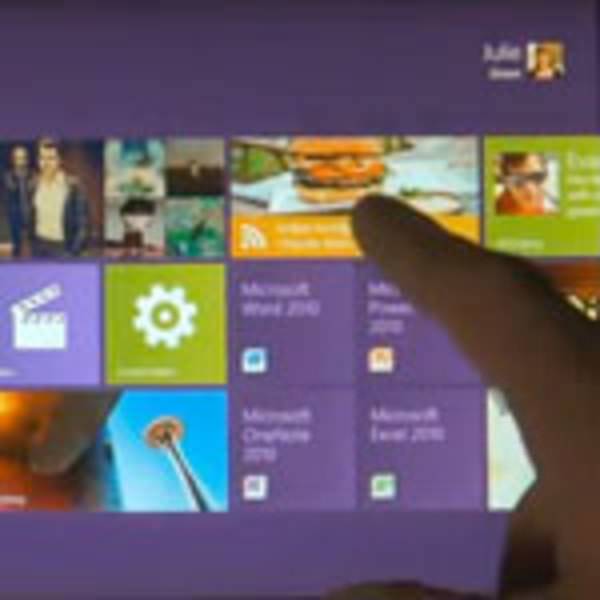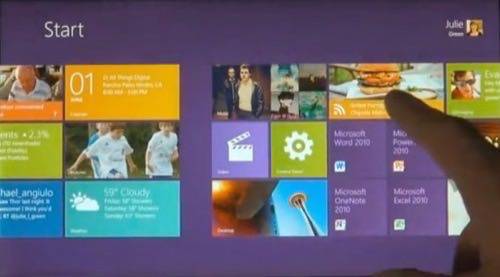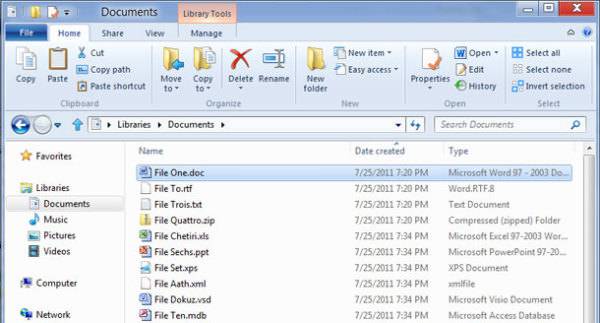In June, Microsoft unveiled the latest version of its Windows operating system: Windows 8. This version of Windows will introduce touchscreen technology into the Windows user interface (UI), including desktop and laptop computers. Touchscreens have become popular in smartphones and tablets, primarily due to Apple’s iOS. But does it make sense to reach out and touch your desktop computer screen in order to navigate or browse? In June, Microsoft was giving a resounding YES to that question. Now, it’s more like a nervous MAYBE.

Microsoft’s Steven Sinofsky attempted to explain today how the new touchscreen UI – which he dubbed the “Metro style” – will co-exist with the old style point-and-click Windows UI. The two interfaces are night and day. The touchscreen one is relatively simple and app-centric, the traditional one is complex and file-centric. He ended up hedging his bets, which is what Microsoft is now doing in its design goals for Windows 8.
Here are screenshots of the two interfaces, the touchscreen first and then latest version of Ye Olde style below.
Windows 8 “Metro style”

Windows 8 old-school style

Sinofsky talked about the need to do “a balancing act” between the two UIs. Which is entirely reasonable, because of the huge install base of Windows and the fact that a mouse and file system interface are going to be very useful things to have in PCs for some time to come. It’s far more efficient to use a mouse to find that file you need to work on, than use your fingers to flip through files via touchscreen.
What’s curious is Sinofsky’s statement that “we chose to take the approach of building a design without compromise.” Using both UIs, he wrote, “truly affords you the best of the two worlds we see today.”
Others have rightly pointed out that far from being a “no compromises” design decision, it’s the exact definition of compromising.
When Windows 8 was announced, Microsoft said it was “a reimagining of Windows.” A lot of people applauded Microsoft for bravely making a big leap from the traditional Windows interface into touchscreen technology. Even Apple hasn’t made that leap, although perhaps for good reason.
However now Microsoft has backed off from the hype and is adopting a more conservative approach. It doesn’t want to alienate its millions of users, or the tens of thousands of developers who build on the Windows platform. That makes a lot of sense. But it’s no longer a revolution in desktop computer design. Oh well, perhaps in Windows 9…










